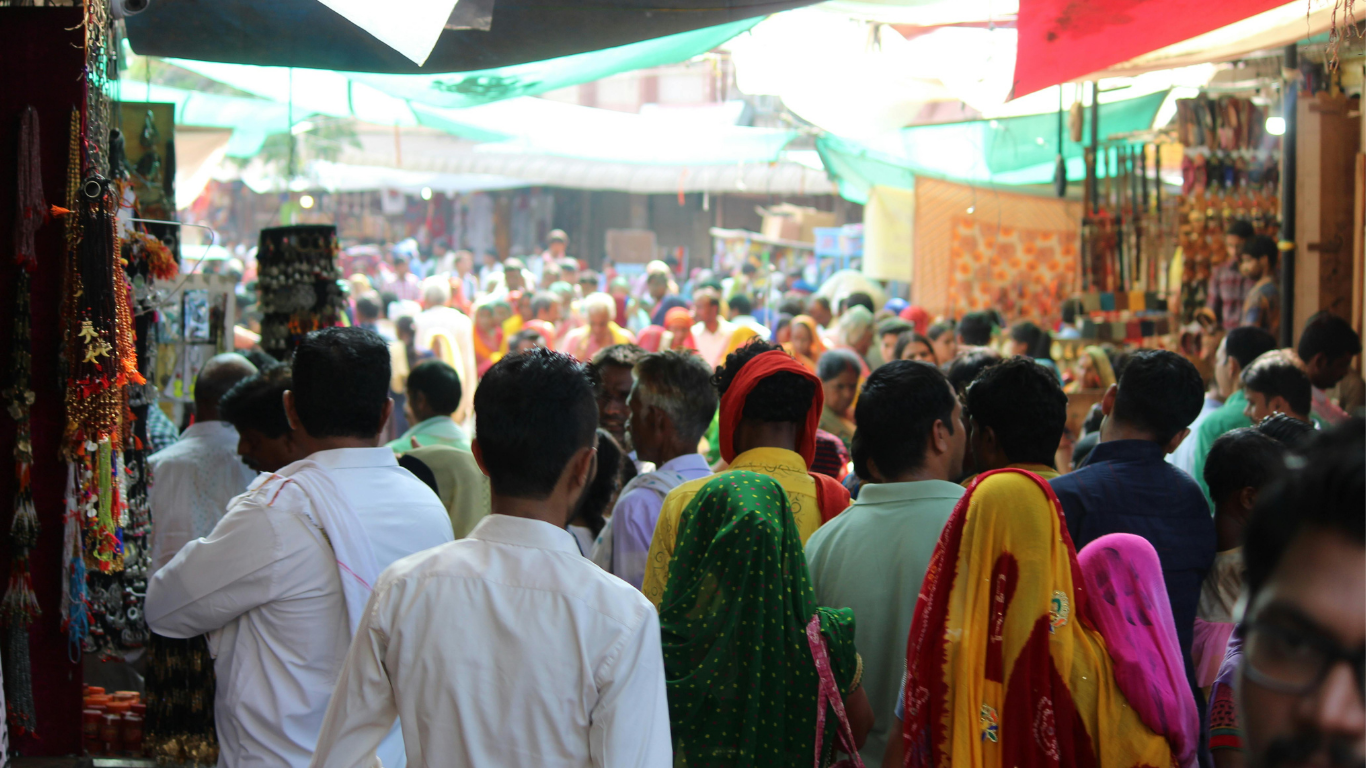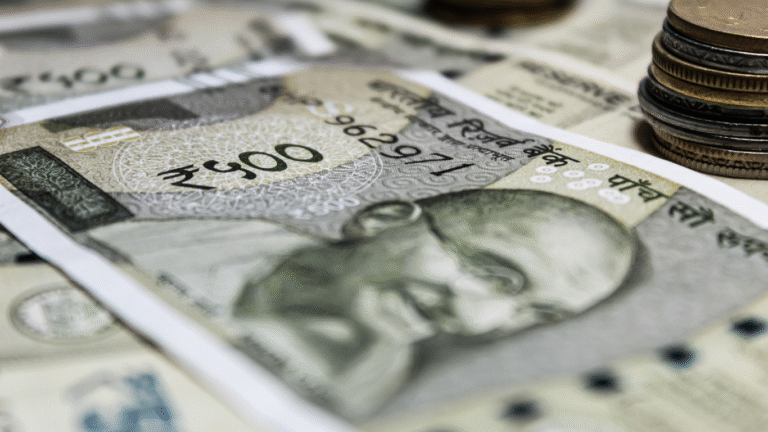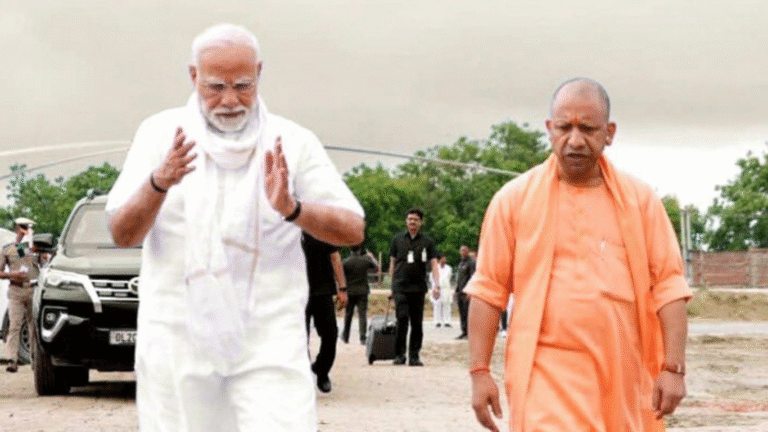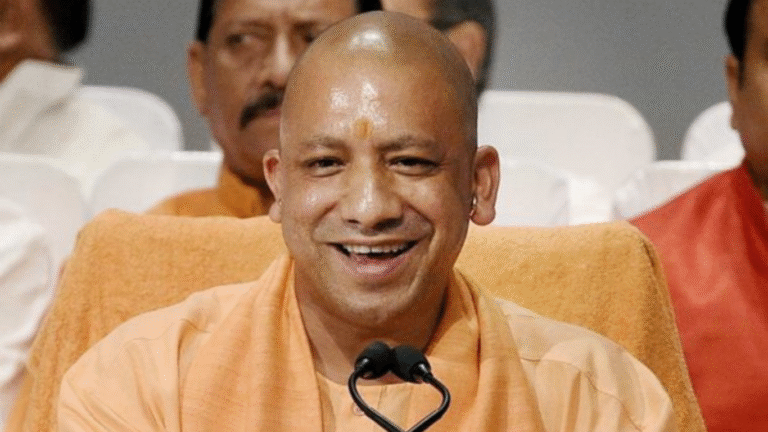
A Glimpse into the History and Culture of Unnao
Unnao, a city nestled between Kanpur and Lucknow in Uttar Pradesh, is often overlooked, yet it holds a rich blend of culture, heritage, and local pride. This historical town, located on the banks of the Ganges River, has been home to freedom fighters, poets, and saints. It has its own pace of life, mixing rural charm with the aspirations of a growing city.
The history of Unnao dates back to ancient times, with references found in mythology and local legends. According to one belief, the city got its name from a sage named ‘Unwant’ who once meditated in this area. Over time, the region became an important center during the independence movement, with many local heroes contributing to the freedom struggle.
The people of Unnao are warm and simple. Festivals like Holi, Diwali, and Eid are celebrated with joy, while fairs and traditional events are organized regularly. One such event is the Magh Mela, held on the banks of the Ganga, which draws both locals and tourists. This city remains rooted in its traditions while welcoming new development and ideas.
Connectivity and Infrastructure in Unnao
Unnao enjoys a strong geographical advantage due to its location between two major cities—Lucknow and Kanpur. This makes it a well-connected city both by road and rail. The Unnao Junction Railway Station is a major stop on the Northern Railway line, with trains connecting it to Delhi, Varanasi, Mumbai, and other cities.
By road, Unnao lies on National Highway 27, making it accessible to private vehicles and buses alike. The nearest airport is Chaudhary Charan Singh International Airport in Lucknow, which is about 45 km away. Daily transport services make travel convenient for both locals and visitors.
In recent years, Unnao has seen progress in infrastructure. New roads, flyovers, and town planning projects have started taking shape. The presence of industrial areas like Unnao Industrial Area and Banthar Leather Complex also supports the town’s growth. These developments have created jobs and improved living conditions for many residents.
Economy and Local Industries of Unnao
The economy of Unnao is driven by agriculture, small-scale industries, and leather manufacturing. The fertile land around the Ganges makes it ideal for farming. Major crops grown here include wheat, rice, sugarcane, and pulses. The green fields, especially during harvest season, are a beautiful sight and reflect the hard work of the local farmers.
Apart from agriculture, Unnao is also known for its leather industry. The Banthar Leather Complex is one of the largest in northern India and provides employment to thousands. Other industries like textile, handicrafts, and food processing are also growing slowly but steadily.
Unnao is also emerging as an educational hub. Several colleges and schools are offering quality education, attracting students from nearby towns and villages. With increased access to digital technology and government schemes, small businesses are now reaching wider markets and gaining better income opportunities.
Places to Visit in and Around Unnao
Though not widely known as a tourist destination, Unnao has some hidden gems that offer spiritual and historical experiences. One of the most popular places is the Hanuman Setu Temple, located near the Ganga River. It draws many devotees and offers a peaceful escape from city noise.
Another notable place is Sita Kund, a religious site believed to be linked with Goddess Sita from the Ramayana. Nearby lies Nawabganj Bird Sanctuary, a perfect weekend getaway for nature lovers. It houses a variety of migratory birds, especially during the winter months.
The town also has old havelis, stepwells, and colonial-era buildings that speak of its past. For someone interested in exploring lesser-known towns of India, Unnao offers a perfect mix of culture, religion, and calm surroundings.



